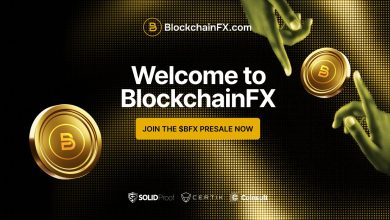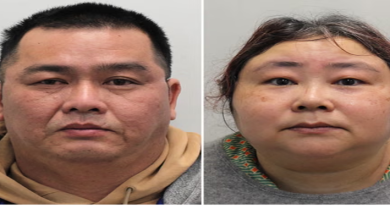Uniswap Proposes Comprehensive Governance Update and Protocol Fee Activation


Uniswap has introduced a governance proposal designed to modernize how value is distributed across its decentralized platform ecosystem. Referred to as UNIfication in community discussions, the plan aims to activate protocol fees across key trading pools, streamline mechanisms for capturing value generated by on-chain trading, and introduce a structured token burn system. The initiative is intended to create a more durable economic framework for UNI holders, liquidity providers, and developers contributing to protocol infrastructure.
Uniswap has historically left the protocol fee switch disabled, meaning all revenue from swap fees flowed directly to liquidity providers. This proposal would redirect a portion of fees to the protocol itself, establishing a new source of sustained revenue. In addition to fee realignment, the proposal includes mechanisms designed to improve efficiency in how value from network activity is recorded and returned to stakeholders.
Fee Activation and Token Value Dynamics
A key component of the proposal is the activation of protocol fees on Uniswap v2 and v3 pools. These changes would allow the protocol treasury to accumulate fees from trading volume, which could then support core development and other ecosystem efforts. The proposal also introduces market structure adjustments, including MEV (Maximal Extractable Value) discount auctions. These auctions aim to reduce inefficiencies in transaction execution by allowing searchers and Block confirmers to compete for block placement in a way that returns value to the protocol rather than external parties.
The proposal further outlines a token burn model designed to moderate UNI supply over time. It includes a recurring burn linked to ongoing protocol revenue and a one-time burn event tied to historical activity. Supporters of the proposal note that the burn mechanism could introduce long-term value support for UNI, while critics emphasize the need for continued review to ensure sustainability.
Market and Governance Process Response
Following the announcement of the proposal, UNI experienced increased trading activity and a noticeable appreciation in price. Analysts attribute the reaction to expectations of more predictable value accrual mechanisms for UNI holders. The market response illustrates growing interest in governance tokens that provide both decision-making rights and economic participation.
The governance process involves multiple stages. It begins with community discussion, followed by a Snapshot vote that gauges sentiment, and concludes with an on-chain vote requiring quorum and majority approval. The full process is expected to take approximately three weeks, allowing time for debate, amendment proposals, and coordinated delegate review.
This proposal may serve as a reference for other decentralized platforms and DeFi platforms evaluating sustainable token economic models. By shifting from a purely liquidity provider-focused fee structure to one that also supports token holders and protocol development, the Uniswap proposal highlights the growing importance of economic alignment in decentralized governance.
The outcome of the vote will determine whether these changes are implemented. Community feedback will continue to shape the final structure of the proposal, emphasizing Uniswap’s commitment to transparent, open governance in the evolving decentralized finance landscape.







